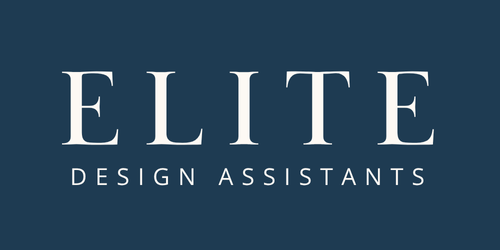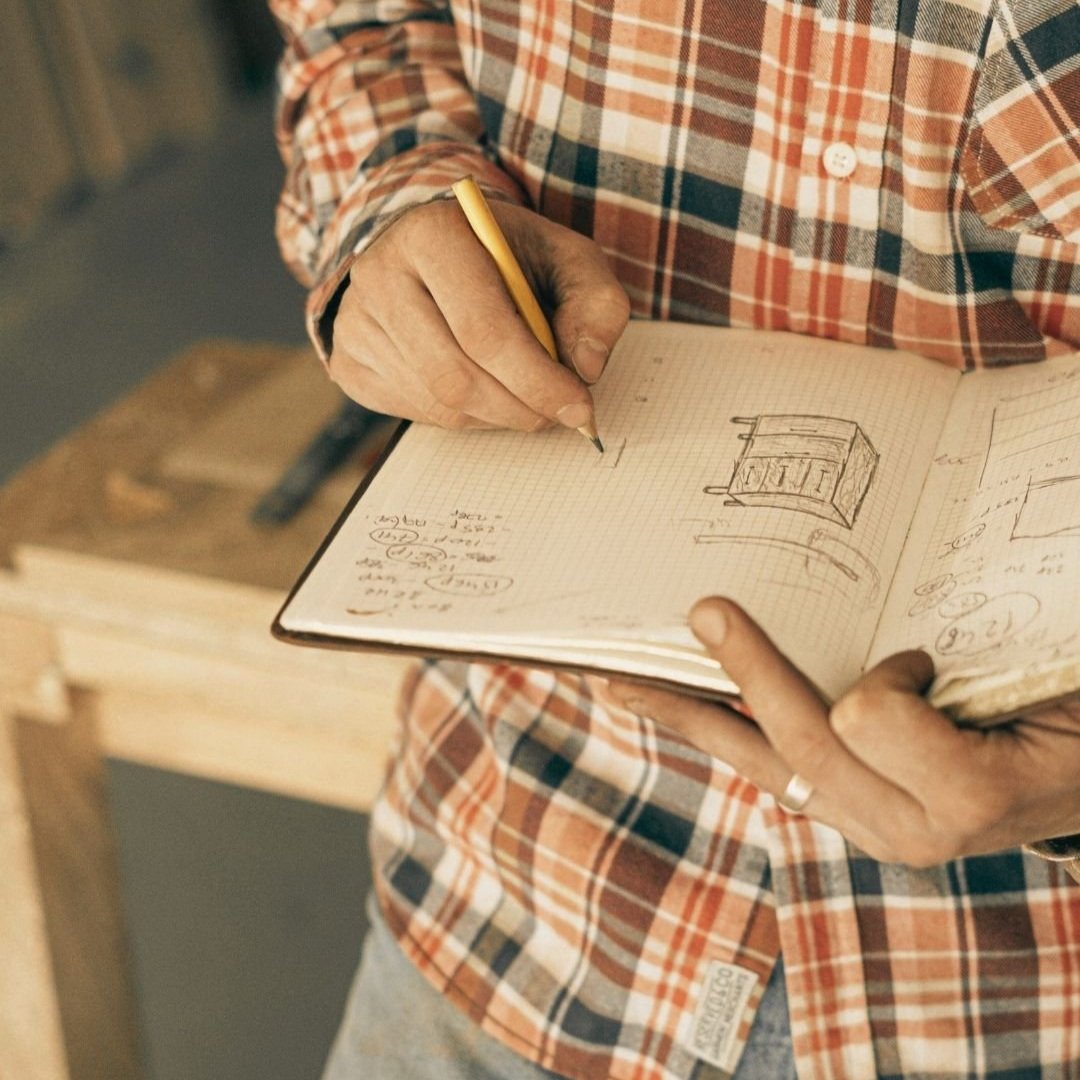Your Legal Checklist for Running an Interior Design Business
/You can have a gorgeous brand, a waitlist of dream clients, and a killer eye for detail… but if your business isn’t legally protected behind the scenes, one small mistake can become a big, expensive mess.
We’re not talking about the basics like “get a business license” or “write a contract” (you’ve probably already done that, we hope). This checklist is for the things that aren’t always discussed in design school or on Instagram but can make or break your business.
Think of it as the savvy designer’s legal gut check: part prevention, part peace of mind.
Read More















